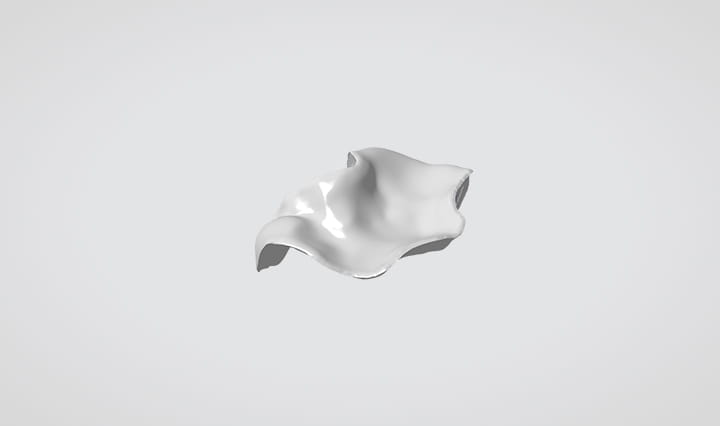The inlay manufacturing process has evolved with advances in dental technology. The most important manufacturing methods include:
Digital impression: Precise and convenient method for recording dental data. The patient receives a digital impression of their teeth, which then serves as the basis for the production of the inlay. This method is convenient and precise.
CAD/CAM technology: computer-aided manufacturing for maximum precision. This makes it possible to produce inlays in a single session, which significantly improves patient comfort. The dentist uses special software to design the inlay on the computer and then produces it precisely in a milling machine. This procedure, often referred to as "same-day crowns", offers the advantage that the patient receives the inlay in the same session without having to wait for a second session.
Manual techniques: Traditional methods of inlay fabrication take more time. These techniques are less common nowadays, but are still used in certain cases.
The manufacturing process of an inlay requires precise craftsmanship and technical skills. The choice of method depends on the availability of modern technology, the patient's individual requirements and the dentist's preferences.
